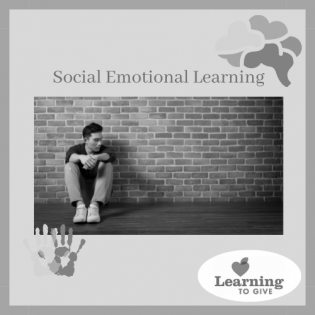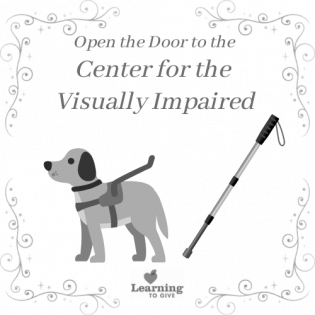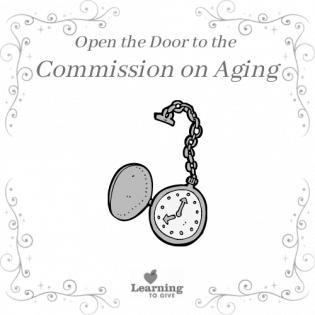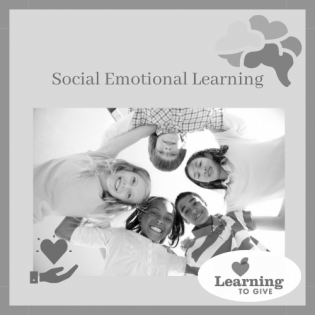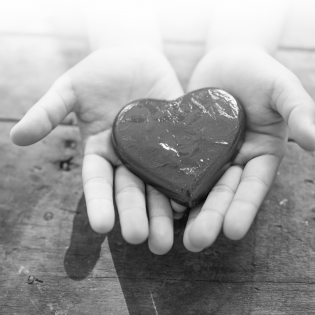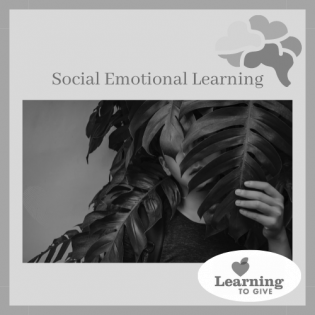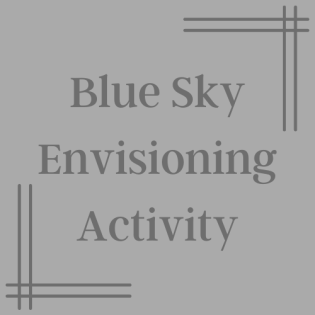In this activity young people are asked to consider how their race, ethnicity, gender, or sexuality impact how they control their emotions. This Self-Management tool asks young people to reflect upon how they regulate their behaviors and emotions. They will then be asked to discuss how race, gender, and other identity markers impact the expectations of behavior and emotion regulation from different groups. Different Strokes for Different Folks is inspired by the article, "Why We Can't Afford Whitewashed Social-Emotional Learning" by Dena Simmons.
Filter by subjects:
Filter by grades:
Filter by audience:
Filter by issue area:
Filter by content type:
Filter by resource type:
resource search
Open the door to the center for the blind and visually impaired and find out how advocates for people who are blind make your community a better place. People who are blind or visually impaired are just like sighted people. The best thing we can do is seek to understand how to communicate and be respectful of their abilities and interests. Learn about this organization and how you can help.
Servant leaders are people who practice a leadership philosophy that “enriches the lives of individuals, builds better organizations, and ultimately creates a more just and caring world.” For this activity, youth create their own oral history recording by interviewing an individual who they consider a servant leader. Youth will glean lessons from the interview and create and preserve a historical record of a story that is worthwhile knowing.
The "Current Event Check-In" is an Everyday SEL practice. It is a culturally responsive version of the daily emotion check-in; it offers youth the opportunity to check-in regarding the current events in their communities. In order to have a social awareness of one’s community, youth must be able to inquire, discuss, and share their thoughts and opinions about the events in their community on a regular basis.
Open the door to a local nonprofit that connects people over 60 to people and services to live a healthy, independent life. The Commission on Aging is a resource that promotes intergenerational relationships and support for people who need meals brought to their homes or opportunities for fun and gathering. Learn about this organization and how you can help.
This activity introduces youth to the concept of privilege. Participants will become aware of their privilege and how their privilege enhances or hinders their access to opportunities.
Philanthropy is about generosity in all its many forms, commonly referred to as gifts of “time, talent, and treasure.” For this activity, you will learn how people can combine these gifts for even greater impact.
This activity helps youth discover their giving passion. The first step to meaningful philanthropy is identifying things that really matter to us. In this activity, youth follow their hearts...or rather their heartbreaks to discover what they are passionate about.
Identity self-portraits create opportunities for self-understanding by encouraging youth to reflect on different facets of their identities. Participants illustrate their visible and invisible identity markers, reflect upon how these identities interact with how they perceive themselves and how they are perceived by others.
Let's explore and connect with ourselves and others by envisioning our community ten years from now. Select a meaningful issue that you deeply care about and visualize it being resolved. Afterward, let's engage in a conversation about the initial actions we can take to turn our vision into reality. Together, we can shape a brighter future!
